On Thanksgiving weekend in 2018, Mary-Kate Bullaro (“The Vila” in Distant Era’s The People of Light and Shadow series and subject of 2020’s “Fantasy With Friends” post) invited us to a spontaneous, informal, fey-themed photo session in the woods that I we titled Autumn Elves, a part of her Fantasy Is Reality project. The resulting experiments would inspire Distant Era when it was founded the following year. Every Thanksgiving, I look back fondly on this fun project from the pre-Distant-Era era.
Test Shoots
“Test shoots” are sessions where a photographer gets to experiment and play without the pressure of a contract or client. They’re a way to work out, hone the craft, and try new things. In a sense, all the Distant Era series (i.e., Urban Fantasy, Portraits from a Distant Era, Hauntings from a Distant Era, Chicago: November 2019, The Contract, The People of Light and Shadow…) are test shoots.
In a test shoot, ideally the photographer has objectives and goals or develops them during the session. I developed two goals during Autumn Elves. One of these goals was to create some picture stories or implied relationships between the characters. The other was to rediscover film and compare it to digital photography. Let’s take a look at the digital-to-film comparison first and then the picture stories.
Shooting Film Again
My first real camera was a Canon FTb, given to me by my dad in 1994. He had got it when he was in college in 1972. I learned to compose on film and developed my skills during my years touring the US and Canada performing classical theatre in the early 2000s. In 2004, when digital was quickly replacing film, I stowed the old Canon in closets and basements, where it gathered dust until I had it cleaned at Central Camera for a film class at Chicago Photography Academy in late 2018. The Autumn Elves shoot occurred just prior to the film class, so I took the old camera out to try to get a feel for it again after about fifteen years.
I embarrassed myself on the first shot. As soon as the shutter snapped, I instinctively lowered the camera to look at the back—the plain, metal back—where I was accustomed to reviewing images. Whoops! I’d have to wait a week or so for the film to come back in order to see what I’d shot.
After that, I had a great time shooting film again—focusing manually, aligning the light meter to the lollipop in the camera’s viewfinder for proper exposure, adjusting the aperture and approximating the depth of field. It was an exercise in patience and preparation. With only twenty-four exposures on the roll, the digital “spray and pray” method doesn’t work. Captures must be properly set up and executed. What would the final image look like? We’d find out in a week or so, when the film had been processed. This slower, more deliberate practice was a welcome change to the rapid pace of digital photography.
The Digital vs. Film Experiment
The second part of this test shoot was to experiment with a comparison of digital vs. film processing. I’d recently acquired some Replichrome film presets for Lightroom from Totally Rad. These presets claimed to replicate classic film emulsions on digital photographs. But how accurate would they be?
To compare them, I alternated between my Canon Ftb film camera and my digital Canon 5D Mk IV. The film in my camera was a 400 speed Fuji film, though it was unfortunately not one for which I had a matching preset. I went with the closest preset I could find, the Fuji Pro 400H film preset, processed on a Frontier film scanner. Even so, the comparison between the Fuji film and the Fuji digital preset (Noritsu) is pretty close. The Noritsu versions of the presets may have been a little closer to the film versions, as the Noritsu presets emphasize reds. By default, the film versions displayed warmer tones than the digital presets. I could have warmed up the digital versions, but that wasn’t the point of the experiment.
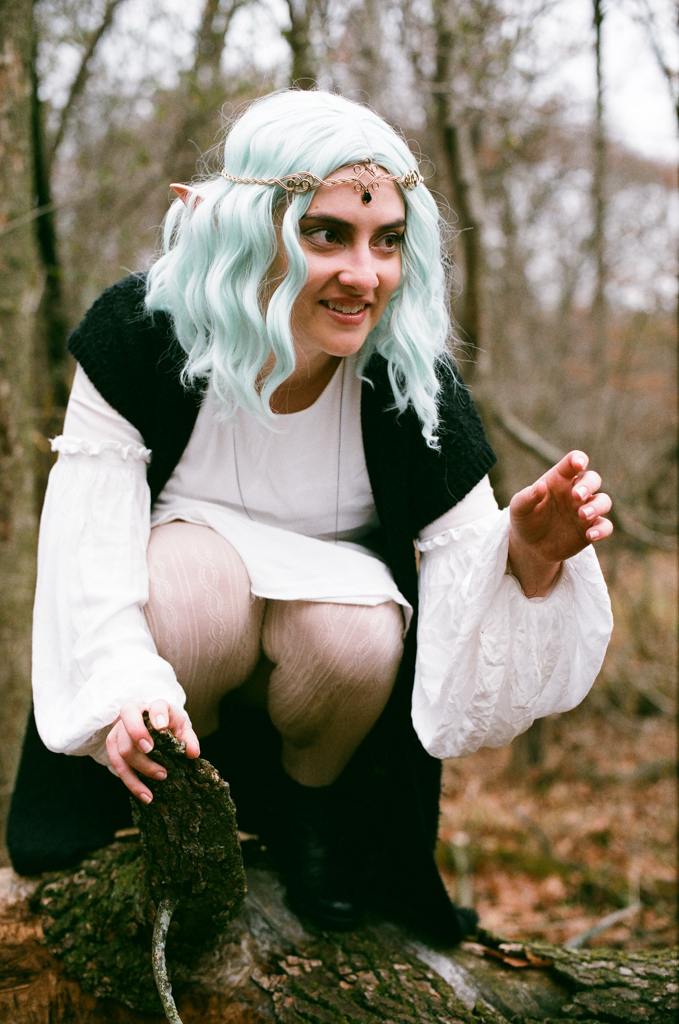


This gallery compares some of the digital presets against the film versions.
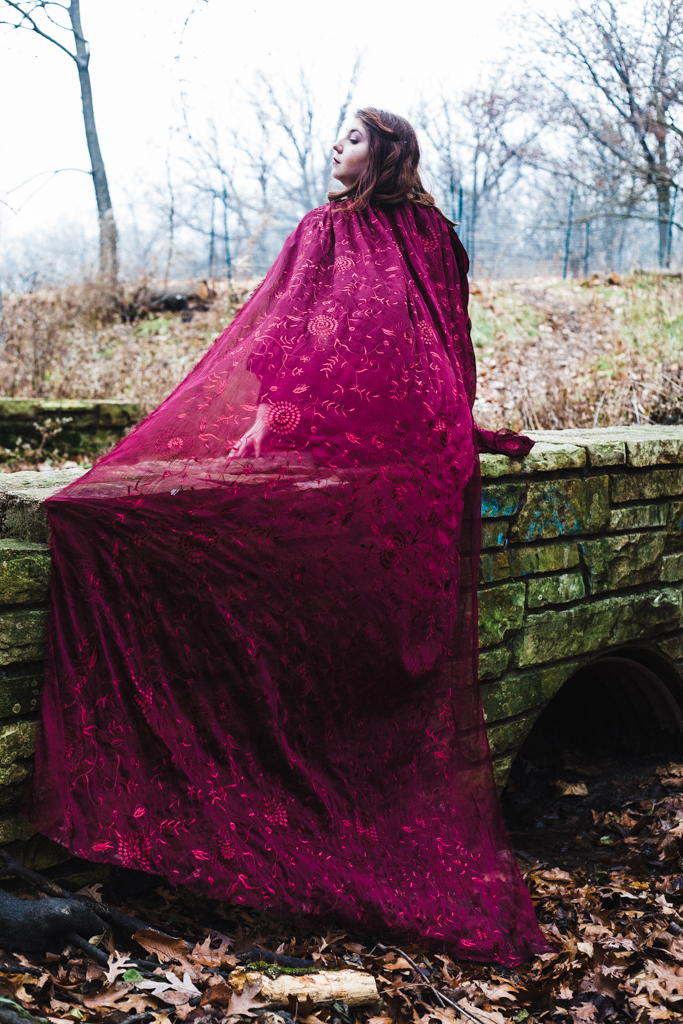

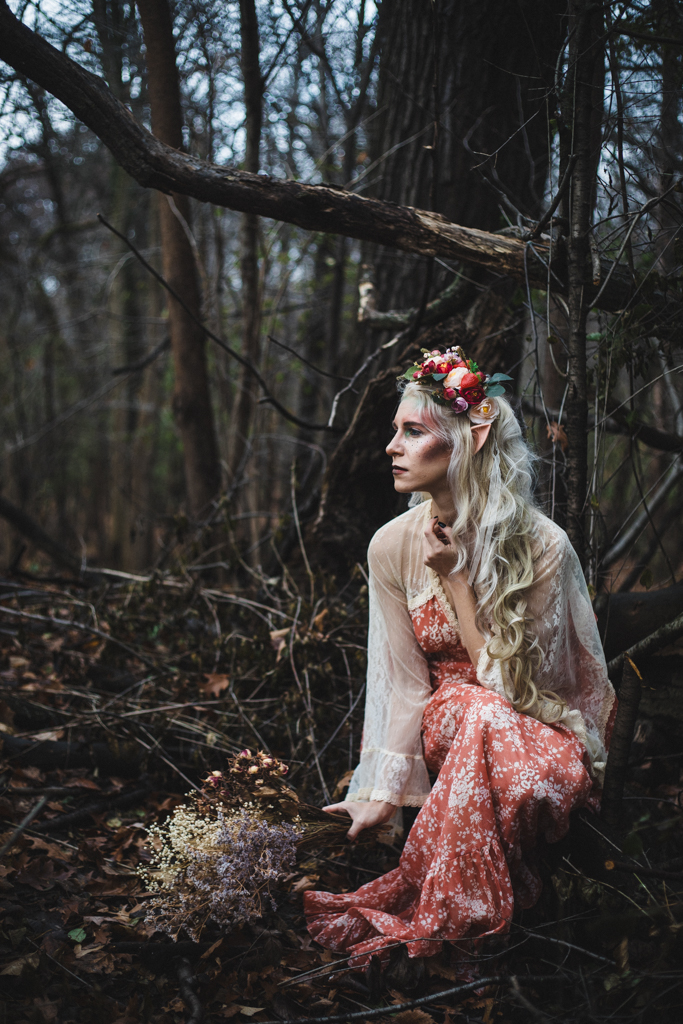

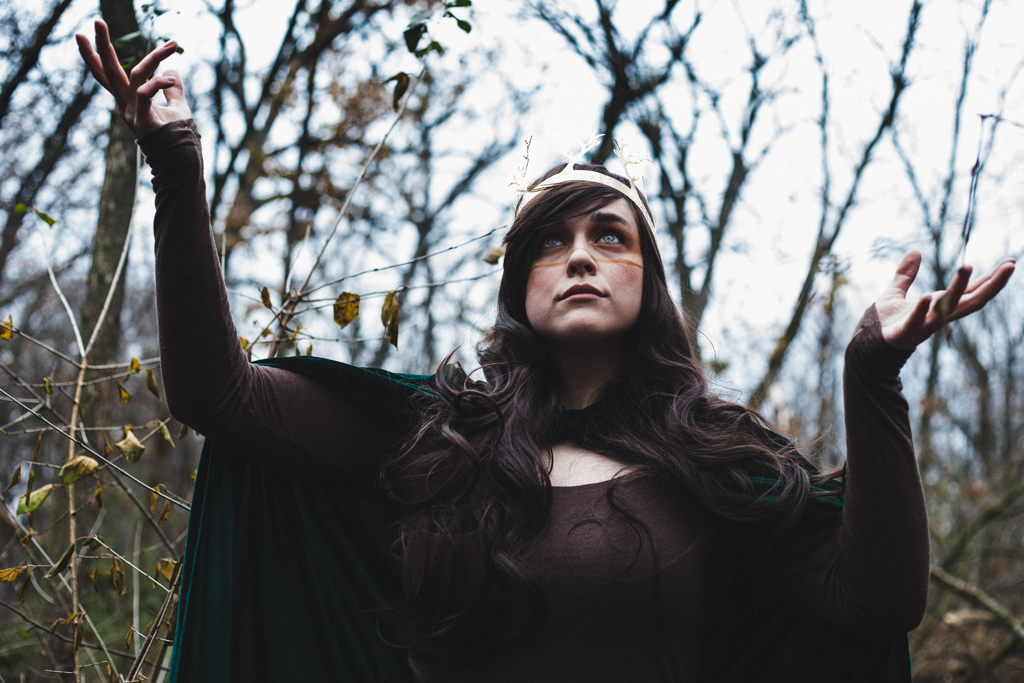
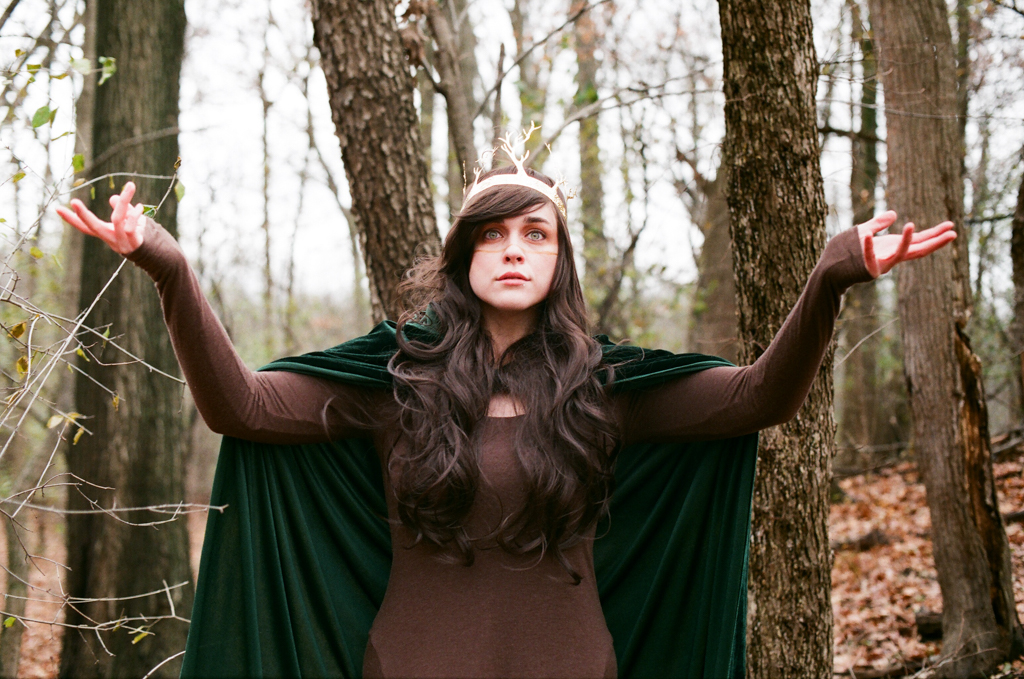


Picture Stories: A Pre-Distant-Era Era
We photographed this Autumn Elves session in the year prior to founding Distant Era. If 2016’s Inspiring Sword and Pen session was the spark of inspiration for making fantastical portraiture, this 2018 Autumn Elves session was another big step toward that goal.
Autumn Elves was a special session because it was experimental, carefree, spontaneous, and fun. This Fantasy Is Reality project was the brainchild of Mary-Kate Bullaro, who created and organized it and invited us along. We had few goals beyond taking pictures in the woods, so the session was what we made of it. For me this began with portraits, but as we went on, relationships between the characters began to come out. The images implied miniature stories between these autumn elves. These relationship pictures inspired me. I ventured outside Adobe Lightroom to try some painterly effects in the first image below (probably using Topaz’s old studio tools) and played around in Photoshop to duplicate Gaby Martineau in the second. Those tools were new to me then.
Here are some of the story images from Autumn Elves.



MIDDLE: A mischievous sprite (Gaby Martineau) plays tricks on the lady in red (Katy Crow).
BOTTOM: The fey court pays homage to Autumn (Mary-Kate Bullaro, Gaby Martineau, Elizabeth MacDougald, Sarah Jean Tilford-Rodriguez, Katy Crow, Sara Robinson).
Conclusion
Autumn Elves came from the pre-Distant-Era era, but the experimentation and the fun of this test shoot inspired much of what would come later. Without the opportunity to go out and play in the woods that post-Thanksgiving day in 2018, I wouldn’t have tried making those picture stories or rediscovered the calm, patient art of film photography. Anyone who has an interest should try a project like this. Just gather a few friends, some costume pieces and a camera, head to a local park, and make some images. At the very least you’ll make some memories.
As for me, every Thanksgiving, I think of this day and remember these early experiments fondly. I am grateful to Mary-Kate Bullaro for creating this shoot and inviting me to photograph it (along with Michael Bullaro), as well as to Elizabeth MacDougald, Gaby Martineau, Sarah Jean Tilford-Rodriguez, Sara Robinson, and Katy Crow, for playing along and being such excellent subjects.

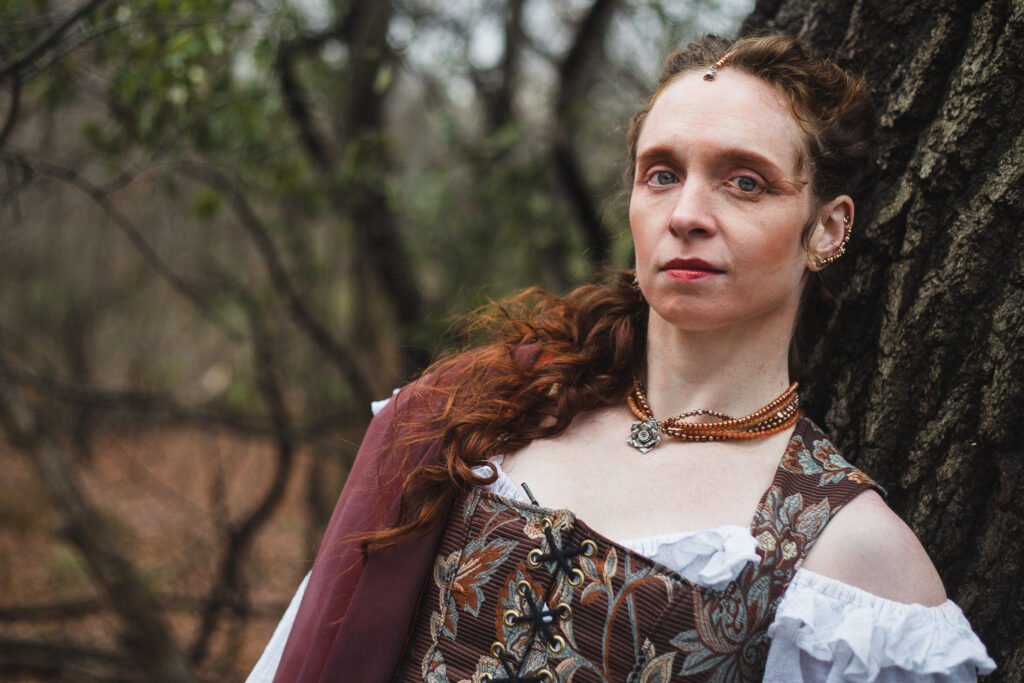

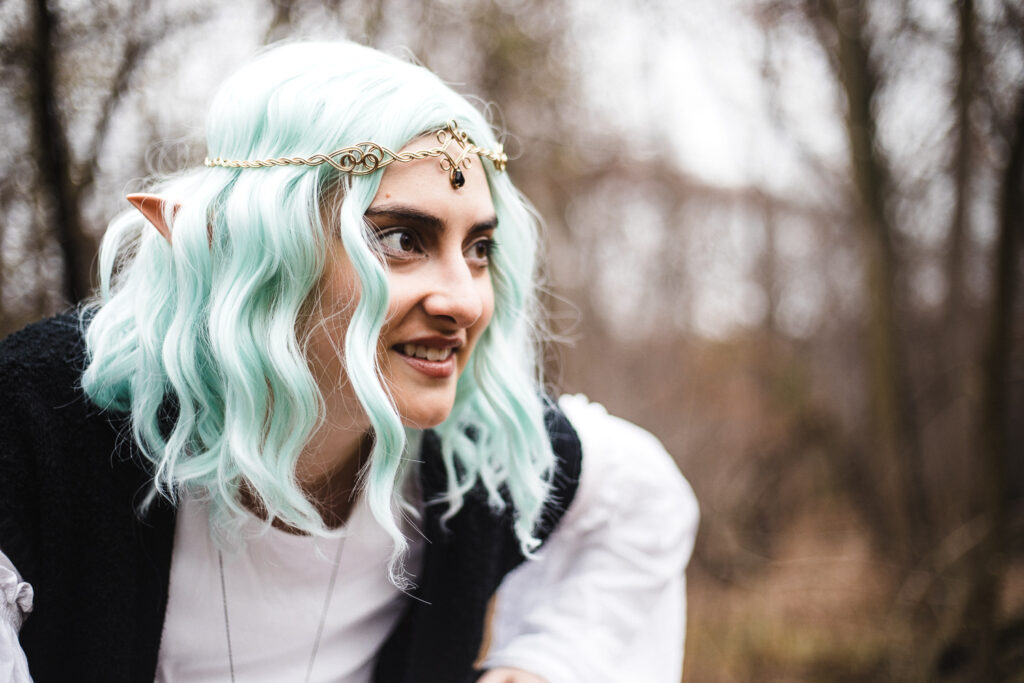
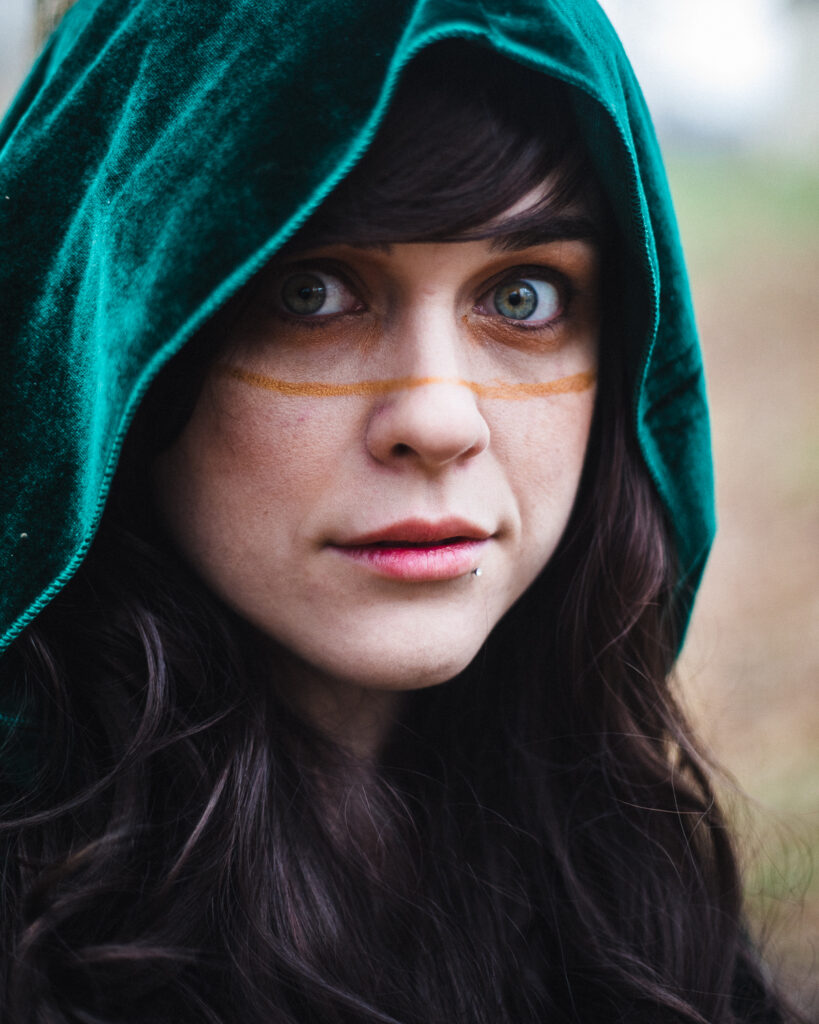

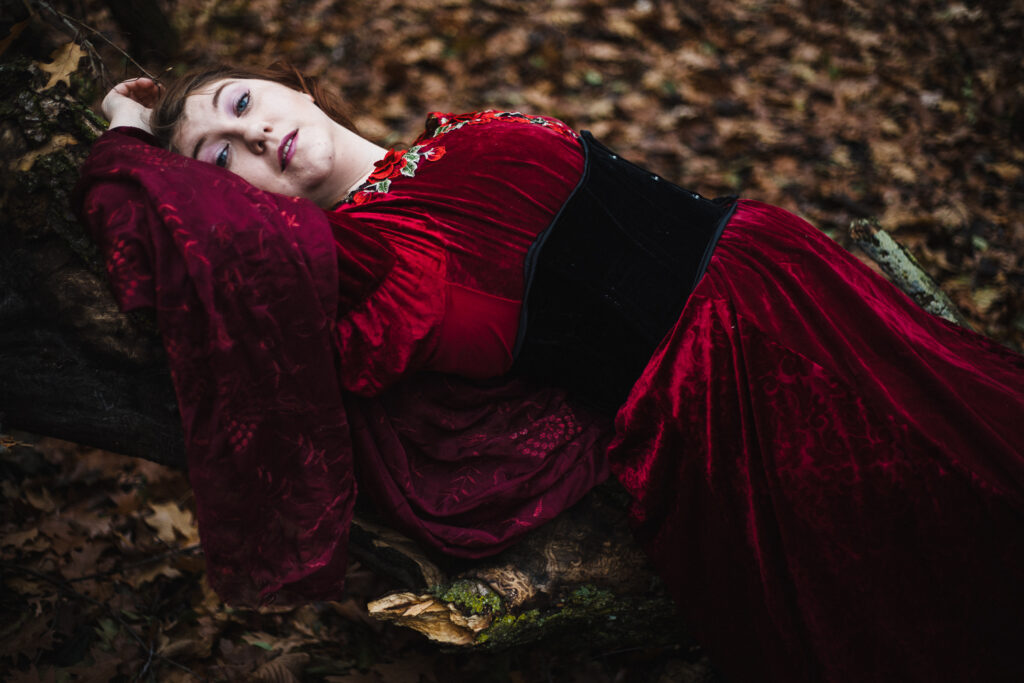

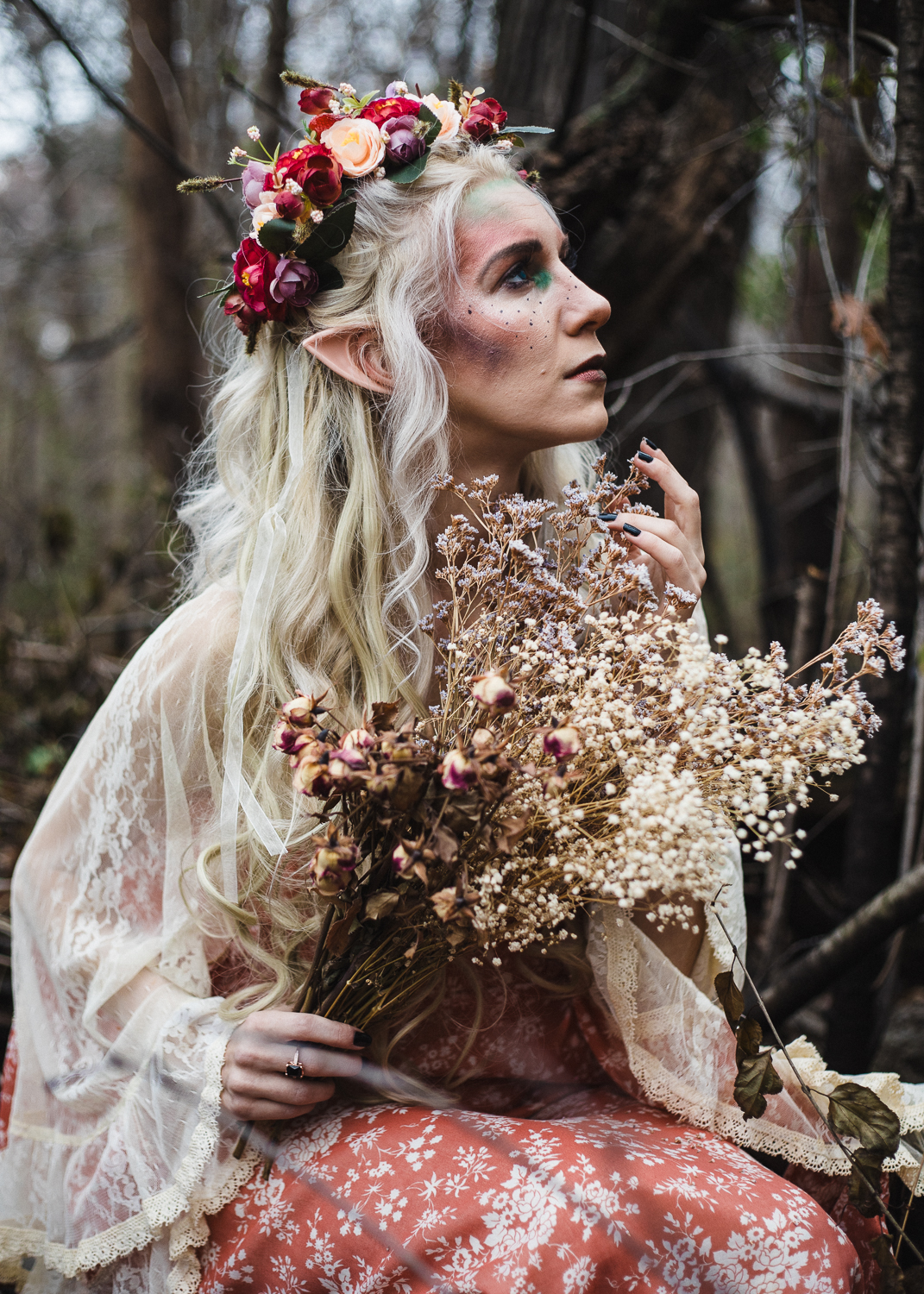

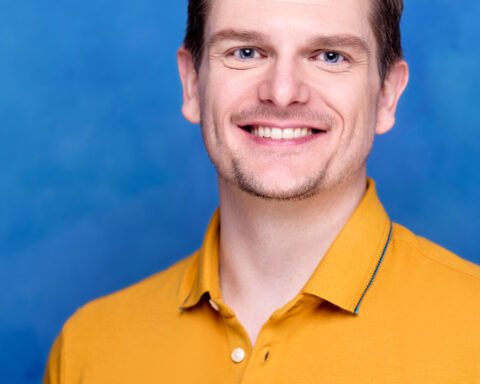
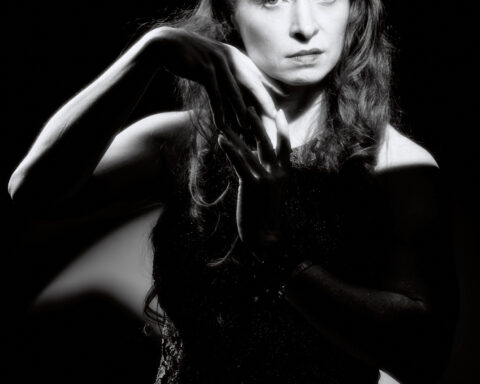

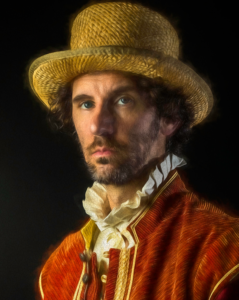
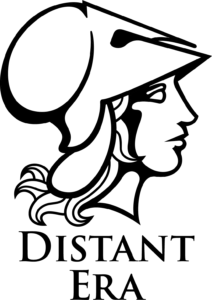
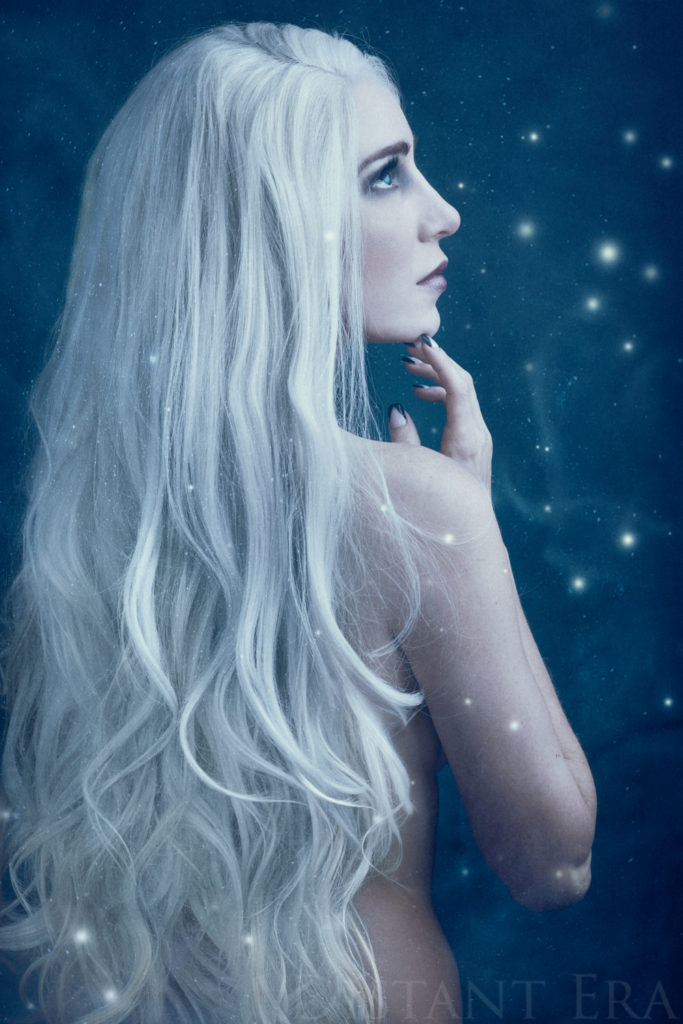
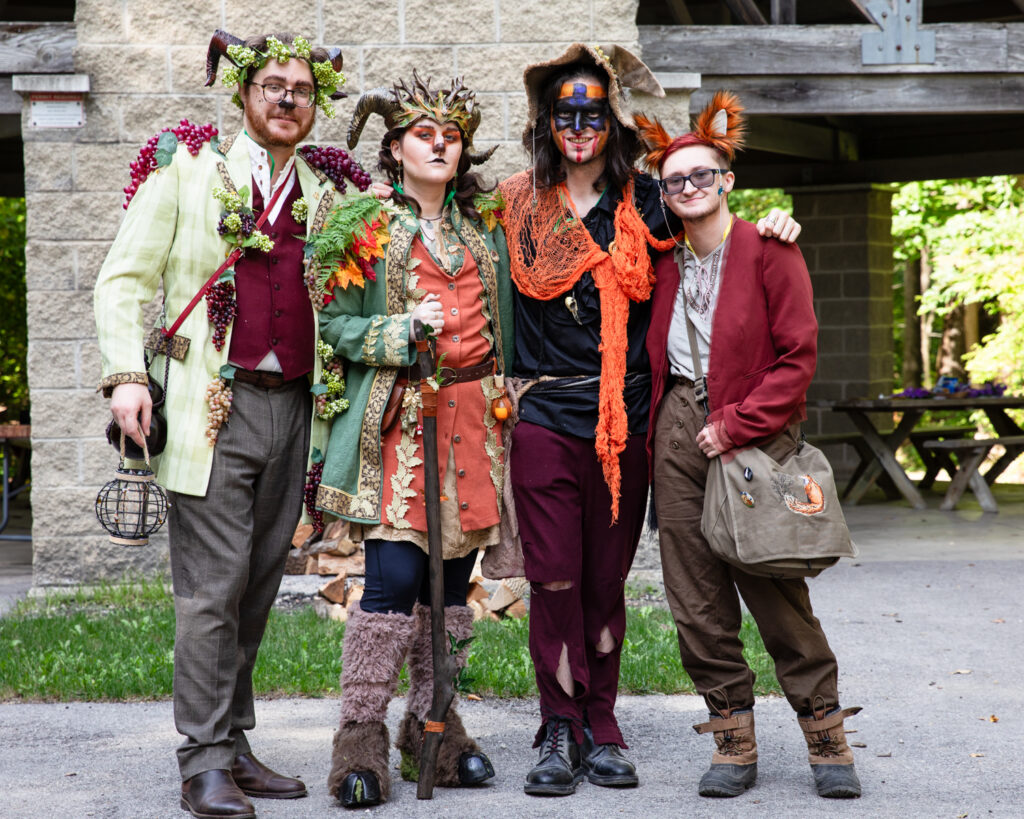
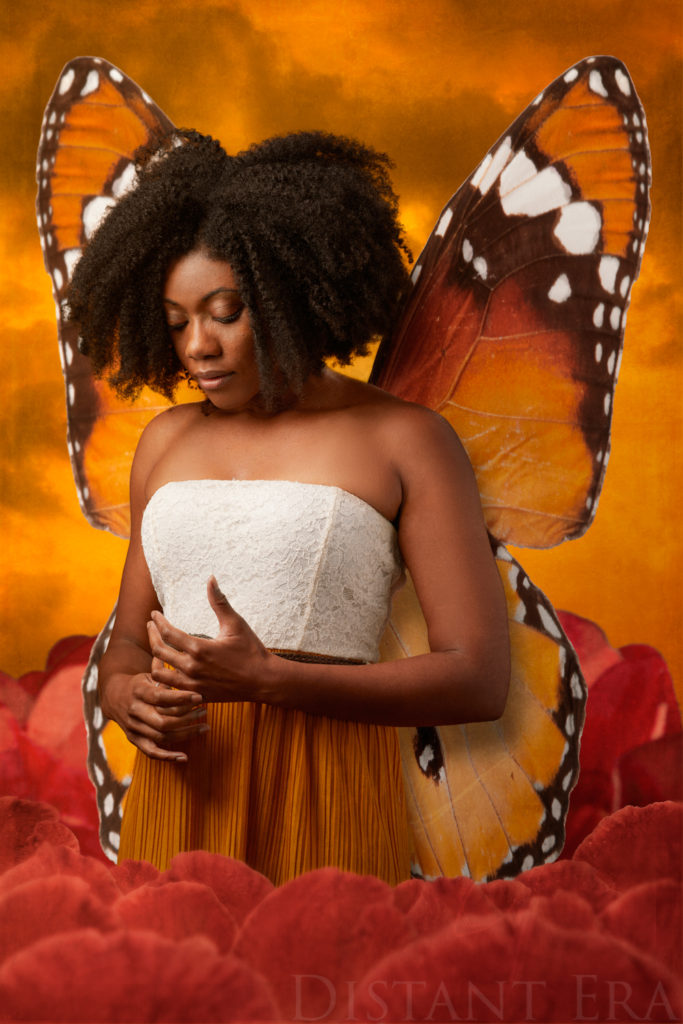
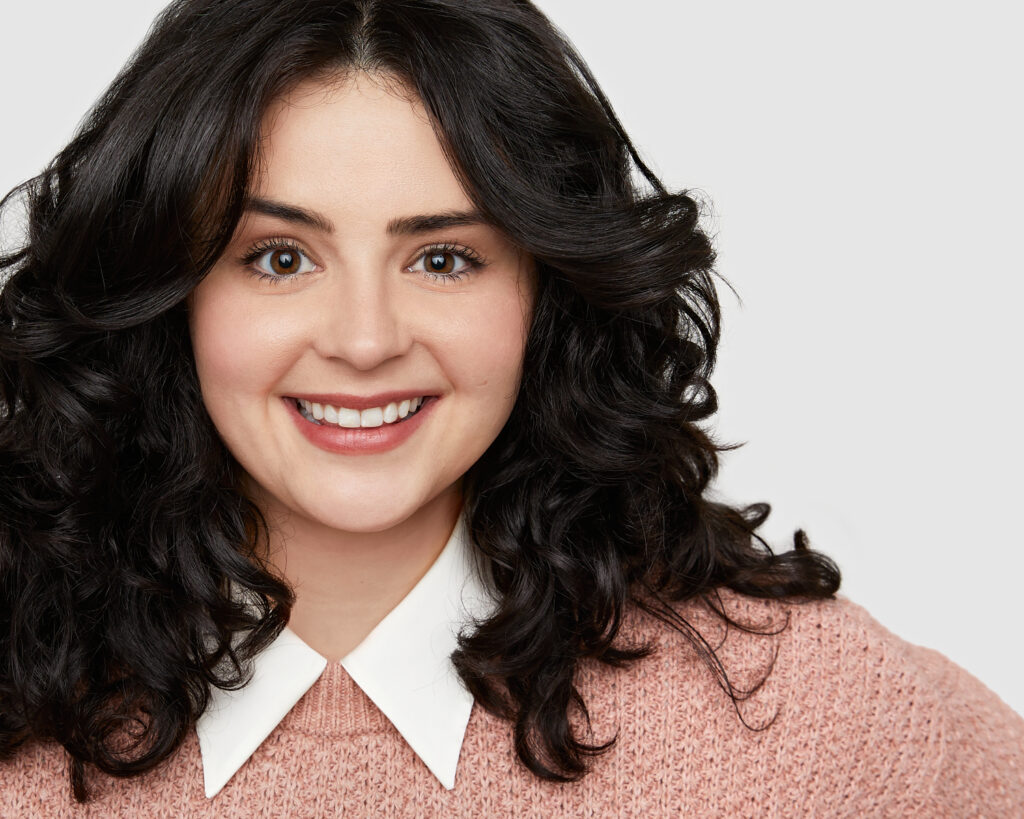
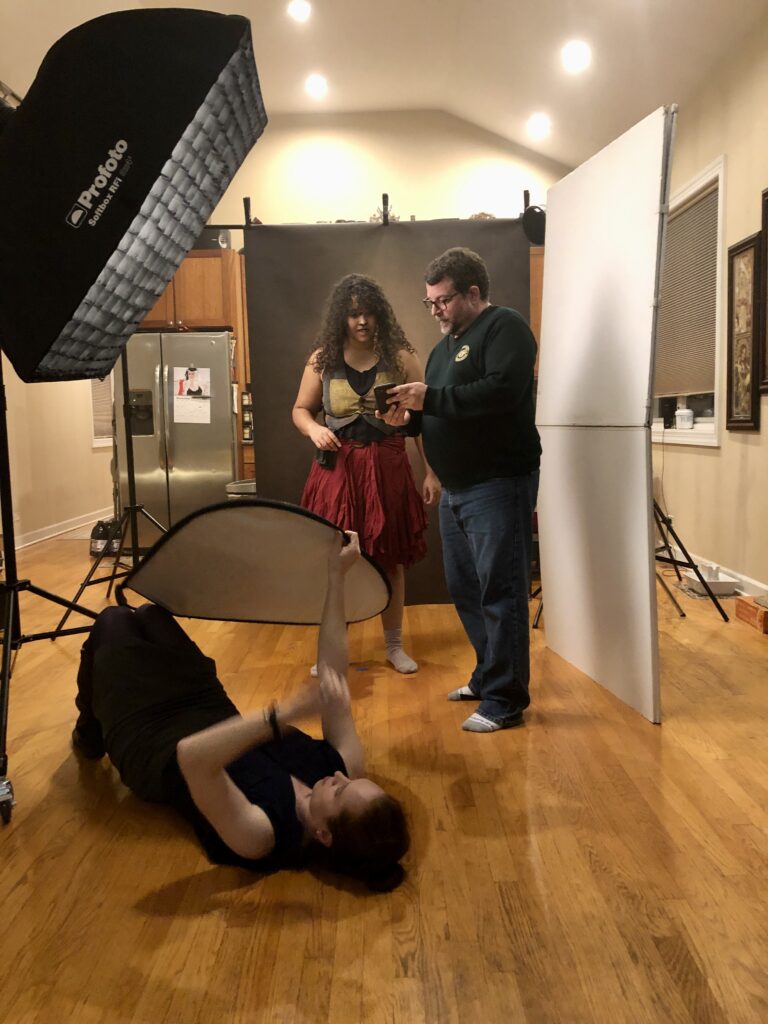
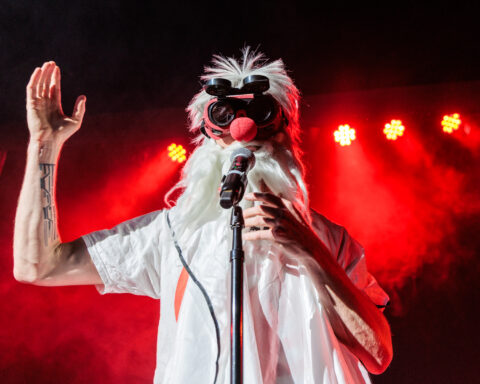
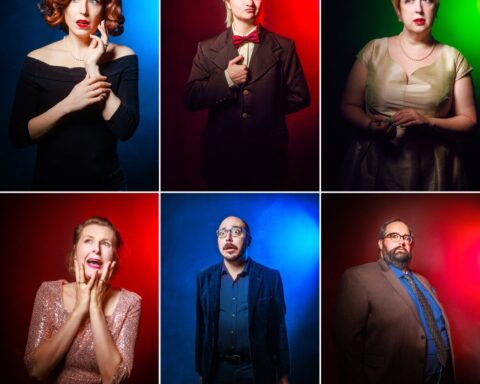
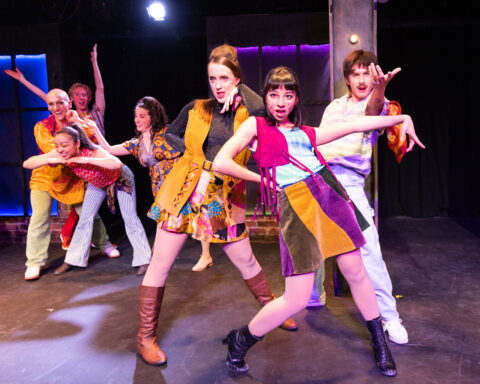
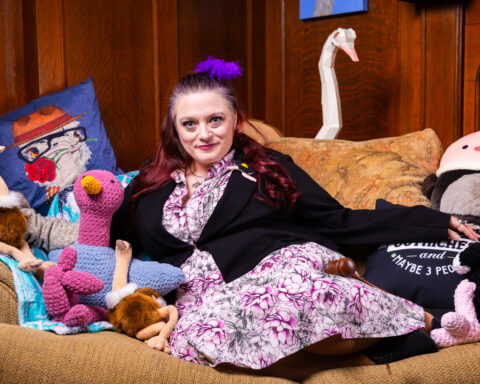
Follow Me